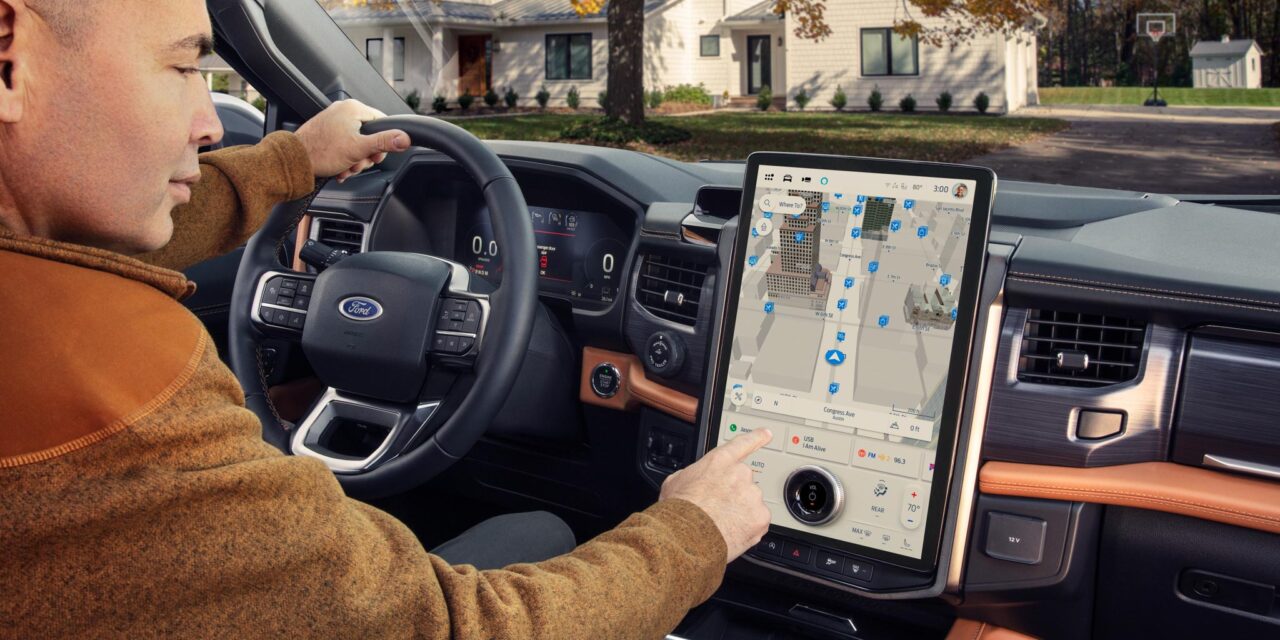“Boomers” tend to complain about the complexity of new cars. Usually, I’d shrug and say, “Just Google it or YouTube it.” Insensitive? Maybe. But I’ve always believed that if you take the time to learn for yourself, you won’t have to wait for your tech-savvy child or grandchild to fix something. However, on a recent family vacation, I realized I hadn’t fairly considered the older generations. AKA the boomers, elderly, seniors… or whatever you want to call ’em. Sure – while some seniors are more open to tech, the vast majority come from a time when ‘technology’ was a calculator or microwavable popcorn. Yet in today’s real world, many seniors remain active, physical, mobile, & behind the wheel. Heck you can argue that the older generations are out & about more then the younger ones, who tend to live more digitally, virtually, & remotely. It made me wonder: Why have new cars gotten so complicated… virtually across the board?
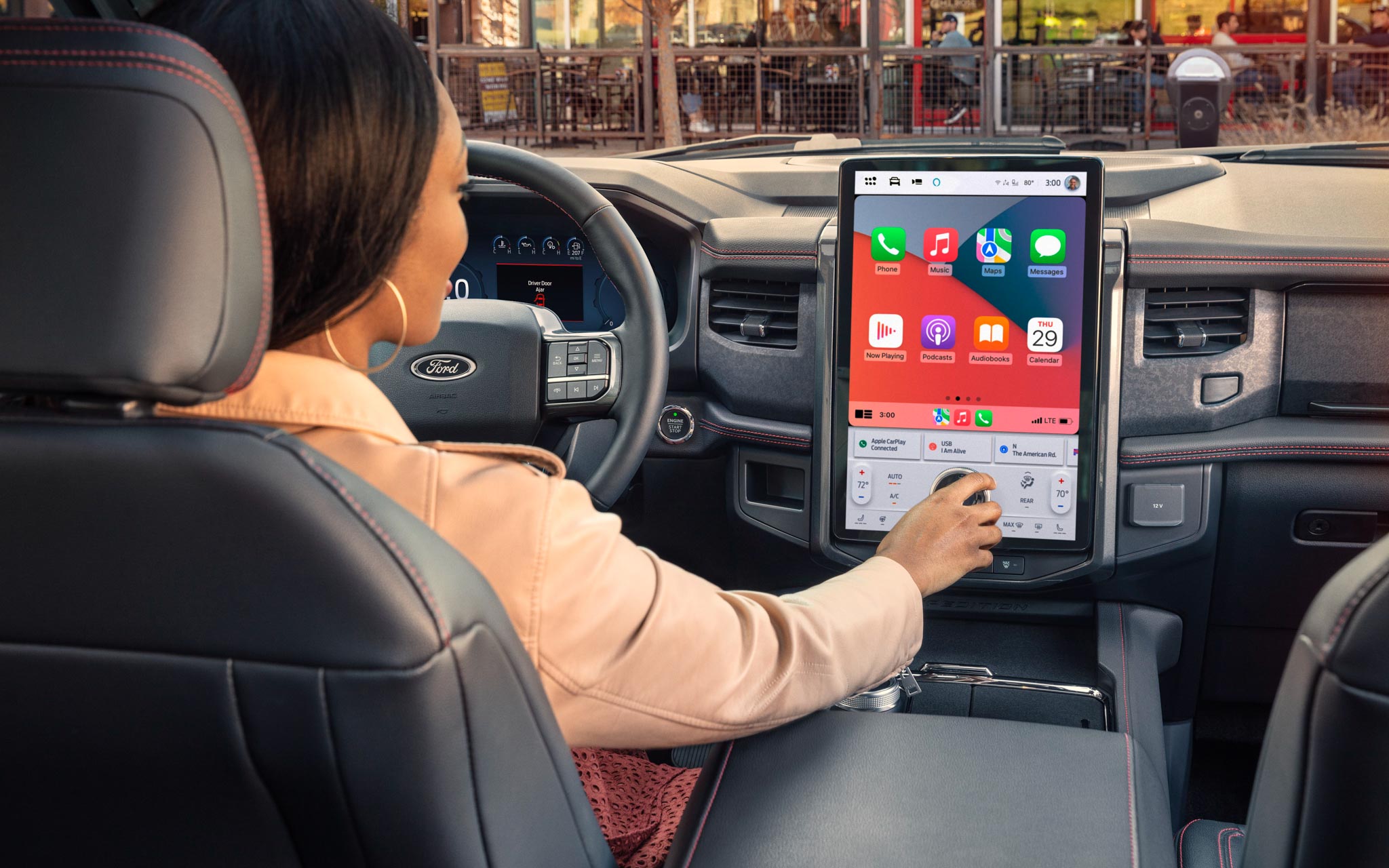
Tech Overload: Too Much Too Fast…
Let’s be honest: today’s cars are computers on wheels. There are touchscreen interfaces, digital dashboards, adaptive cruise control, lane-keep assist, automated braking, and voice-activated commands. These features, while appealing to some, can easily overwhelm senior drivers who spent most of their lives driving cars without all the technological assistance (some would say ‘interference’).
For many in this age demographic, a car was something you maintained with a wrench – not something that requires a software update. They’re used to real keys, dials, & switches. Not screens with a complex network of buried menus. When a system in the car asks seniors to select from a range of menu options… just to adjust the seat or setting the climate control. It’s a lot like handing a letter written in cursive to a teenager—they just stare at it blankly.
Sure, some older folks have adapted & are accustomed to using these new features, but many struggle. Not because they don’t want to learn, but because they don’t see why something as basic as turning a car off has become so complicated. When did the driver become the passenger?

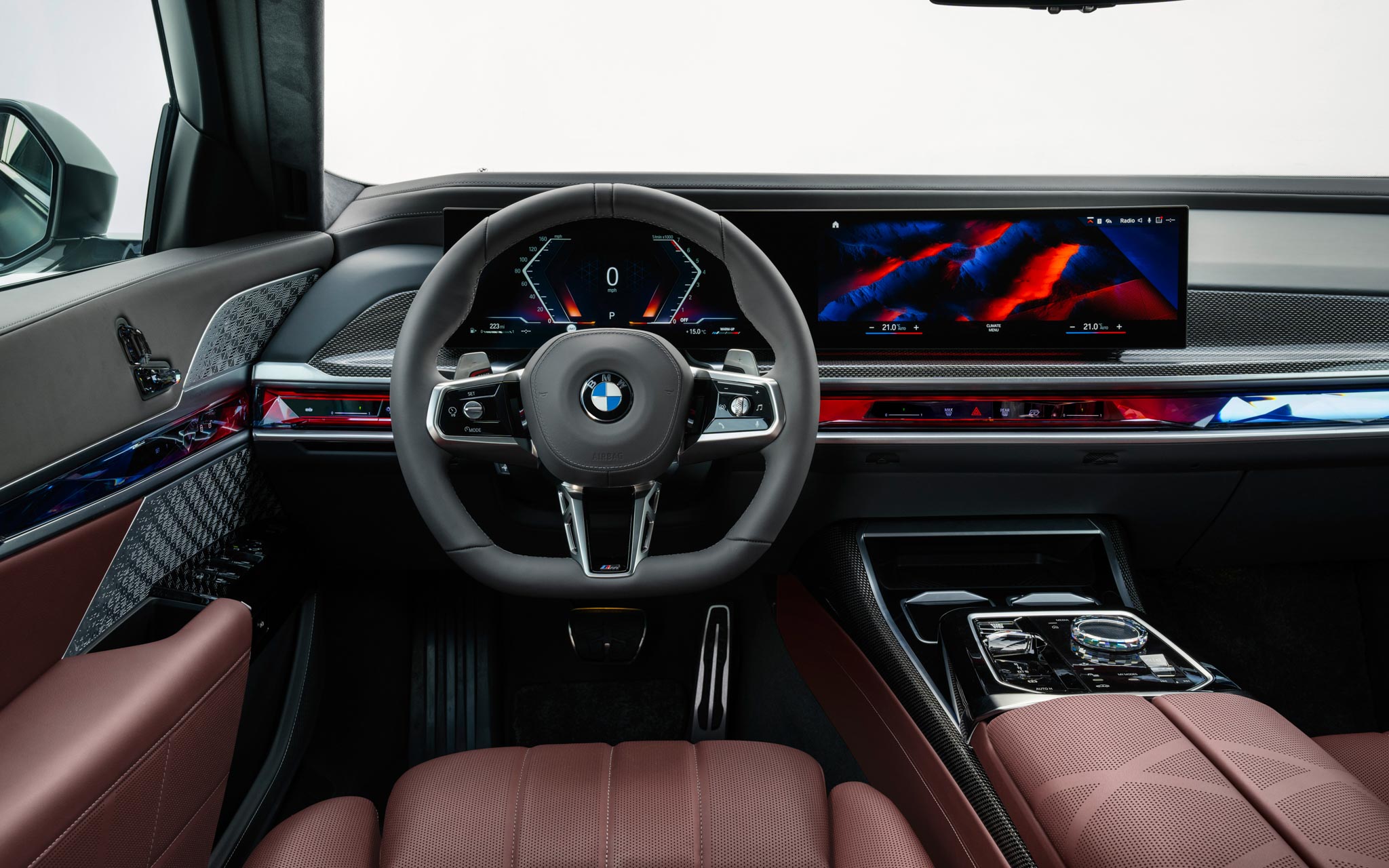
Accessibility: Design Leaves Some Behind…
Accessibility is another issue that often goes unnoticed by younger, tech-savvy generations. For older people, the physical interface of a car is crucial. Things like tiny buttons, complex menu systems, and hidden features can make a car unwelcoming… even dangerous.
In the old days, if you wanted to roll down a window, you just cranked it. Now, you press a button, and sometimes that button is part of a touchscreen, integrated into a larger menu system. This creates an unnecessary challenge… one where driver-attention becomes distracted & removed from the road. The lack of tactile feedback leaves no room for error – you have to hit the right spot… or the wrong thing happens.
Simple functions like adjusting mirrors or turning on the defrost can turn into a full-on treasure hunt. For instance, we reviewed a new Lincoln Nautilus where the AC/heat vents had to be electronically adjusted from a screen. Not just the temperature… but the vents themselves. You couldn’t just more them with your finger. What are we doin’ here?! Not every action has to be a choreographed dance with the car’s interface. It results in a driving experience that is distracted, stressful, unsafe, & irritating.
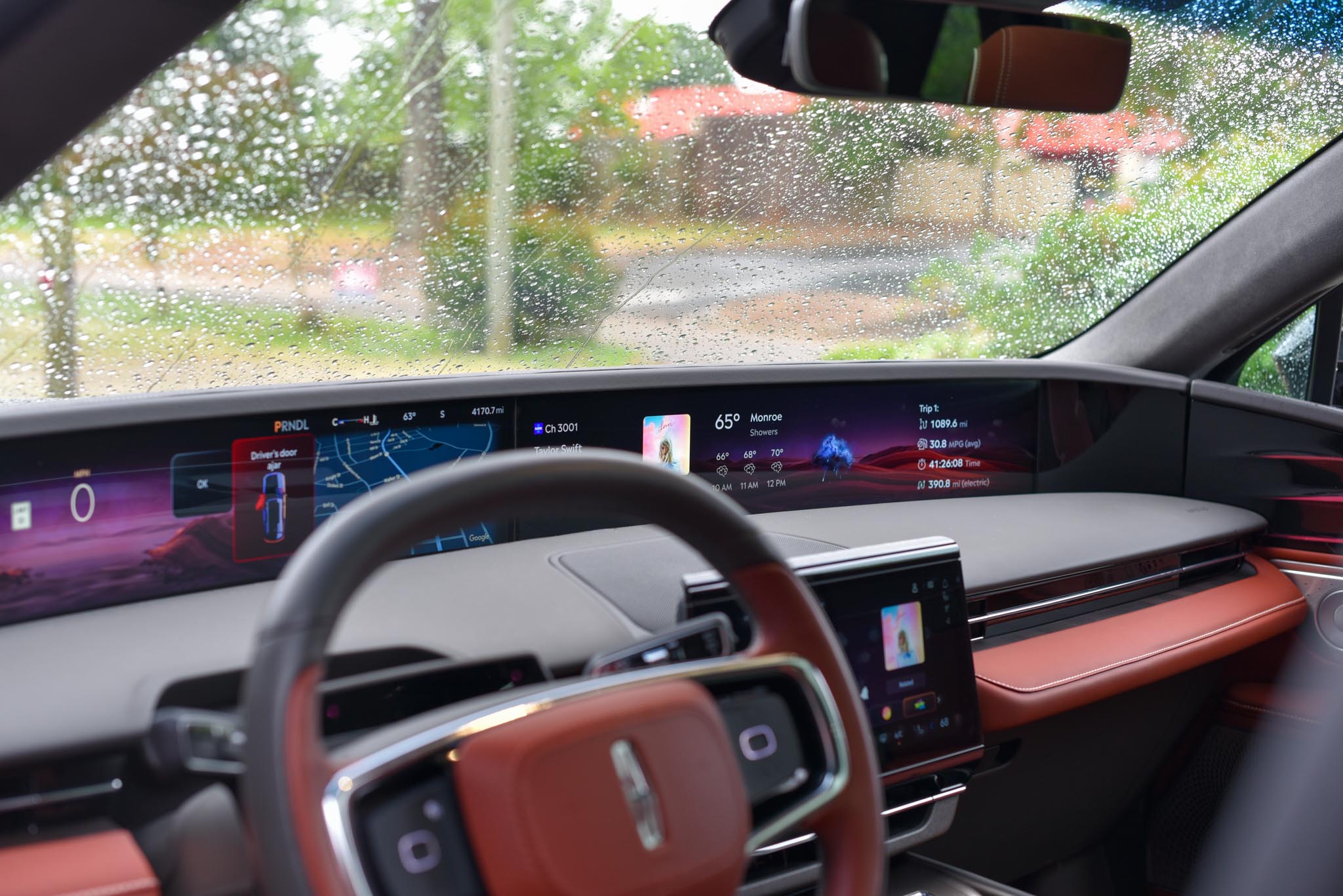
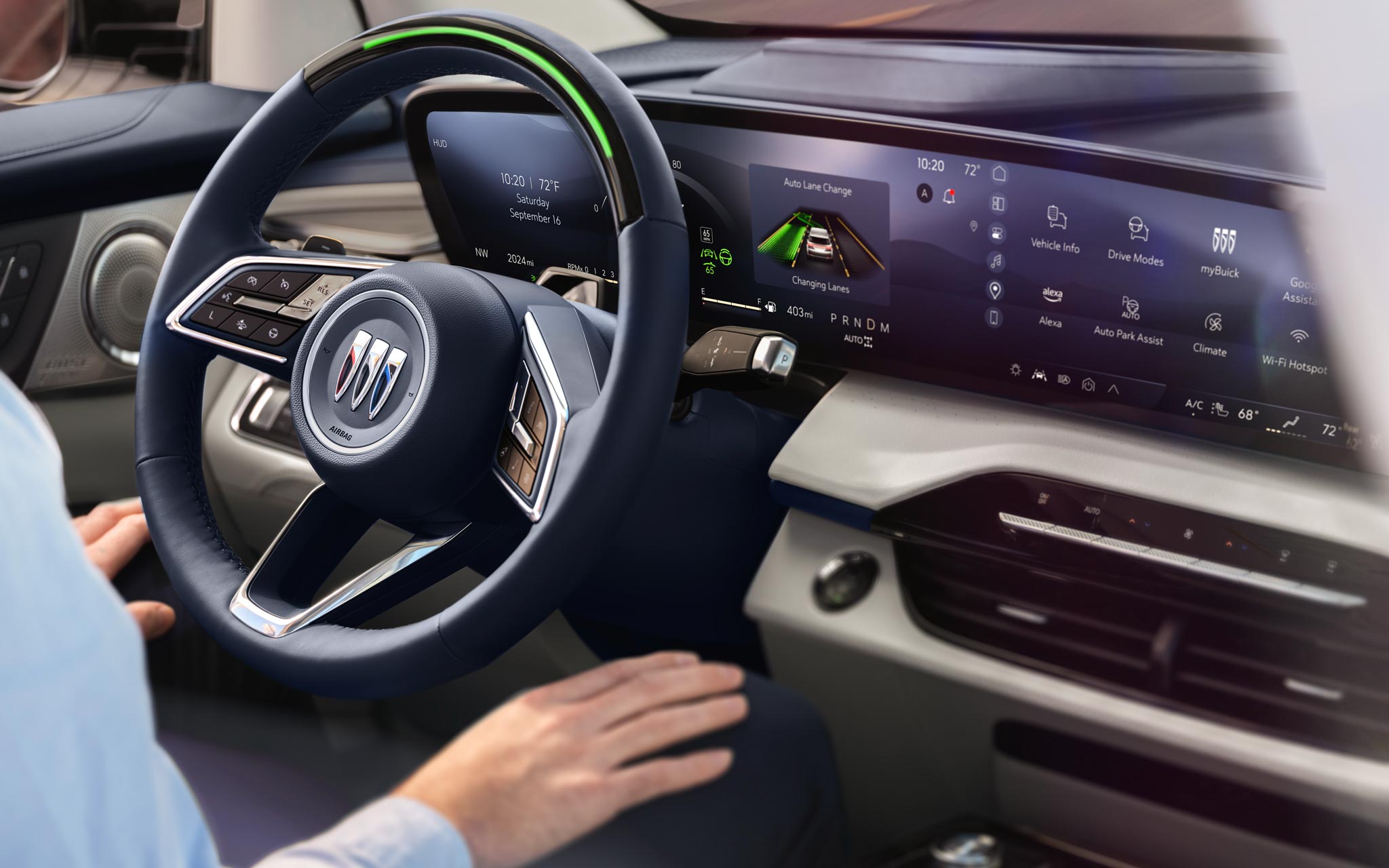
Safety Concerns: Tech is a Double-Edged Sword…
Tech in new vehicles has become a glaring safety concern. Many of the advanced safety features in modern cars, like lane-keep assist and automatic emergency braking, are designed to help. But when these systems become too complicated, they can backfire. For example, lane departure warnings can engage suddenly, pulling at the steering wheel & startling the driver. We reviewed a new vehicle that applied emergency override braking for absolutely no reason whatsoever, other than the software misread sun glare as a threat. And in effect, the car created a very dangerous situation while trying to prevent one. Imagine an elderly driver (or any driver) who is unaccustomed to touchscreens & buttons… now having to react & respond to these added complexities. They do not understand the vehicle taking control of the controls. Additionally, the car’s beeps & alerts become more confusing than helpful. It’s a recipe for danger.

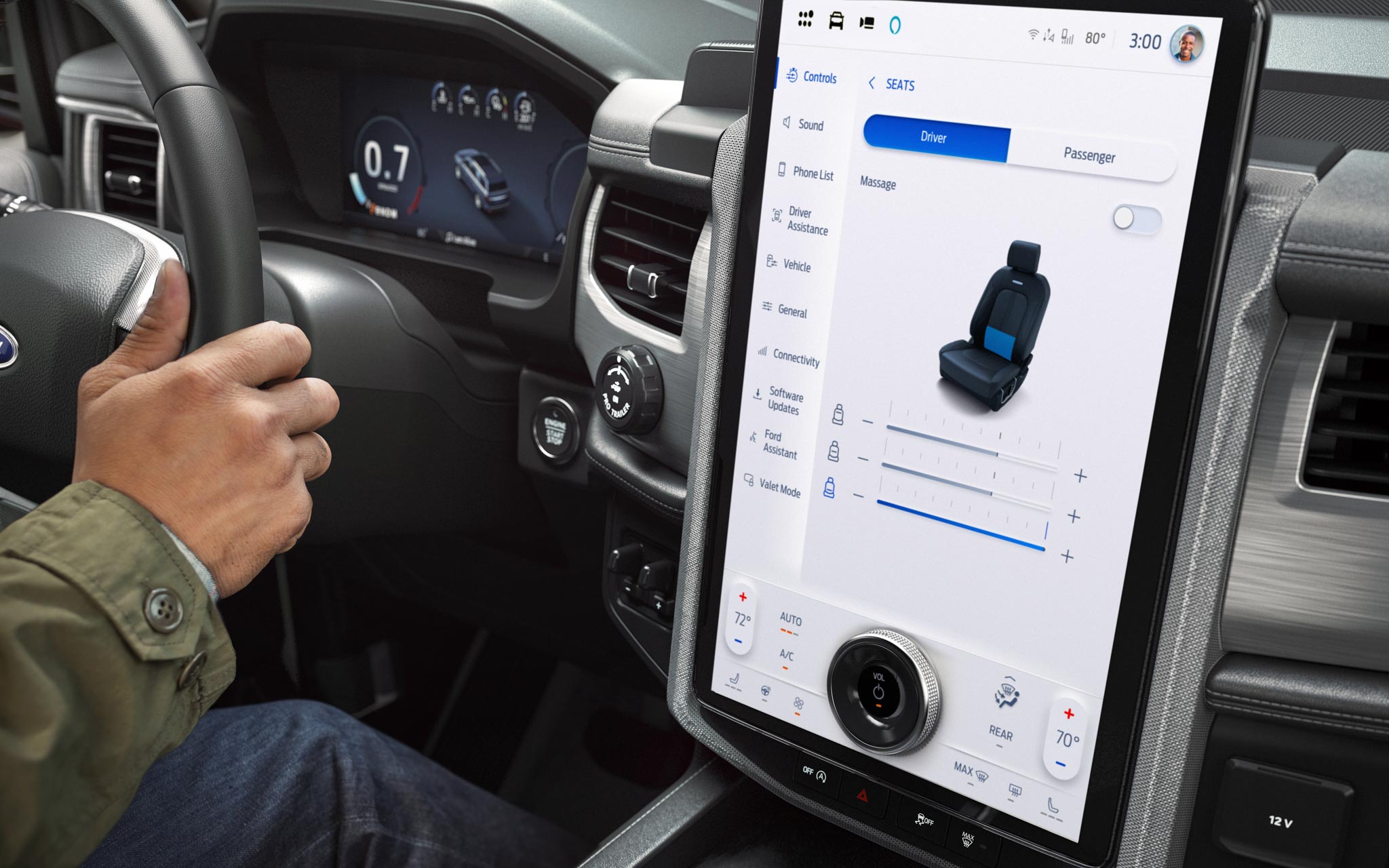
The Disconnect Between Designers & Drivers…
It’s clear that today’s car designers aren’t being inclusive to all the age demographics. While carmakers fixate on the latest tech that appeals to young buyers or technophiles, they often overlook the more analog generations… a still very significant portion of the driving population. This isn’t just a design oversight; it’s a disconnect between what’s being marketed and who’s using the product.
Car makers have the ability to simplify. And/or offer “simple mode” options that would strip-down the interface to its basic functions. Imagine a car that could simplify the dashboard to the essentials – speed, fuel, and a straightforward, easy-to-read GPS. In fact, the new Ford Ranger we tested had such an option to simplify the instruments/gauges. Keep it simple to make driving safe & enjoyable. Right now however, we’re going full speed in the opposite direction… with more buttons, more screens, and more menus. It’s tech for the sake of tech. And that leaves a lot of people out in the cold.
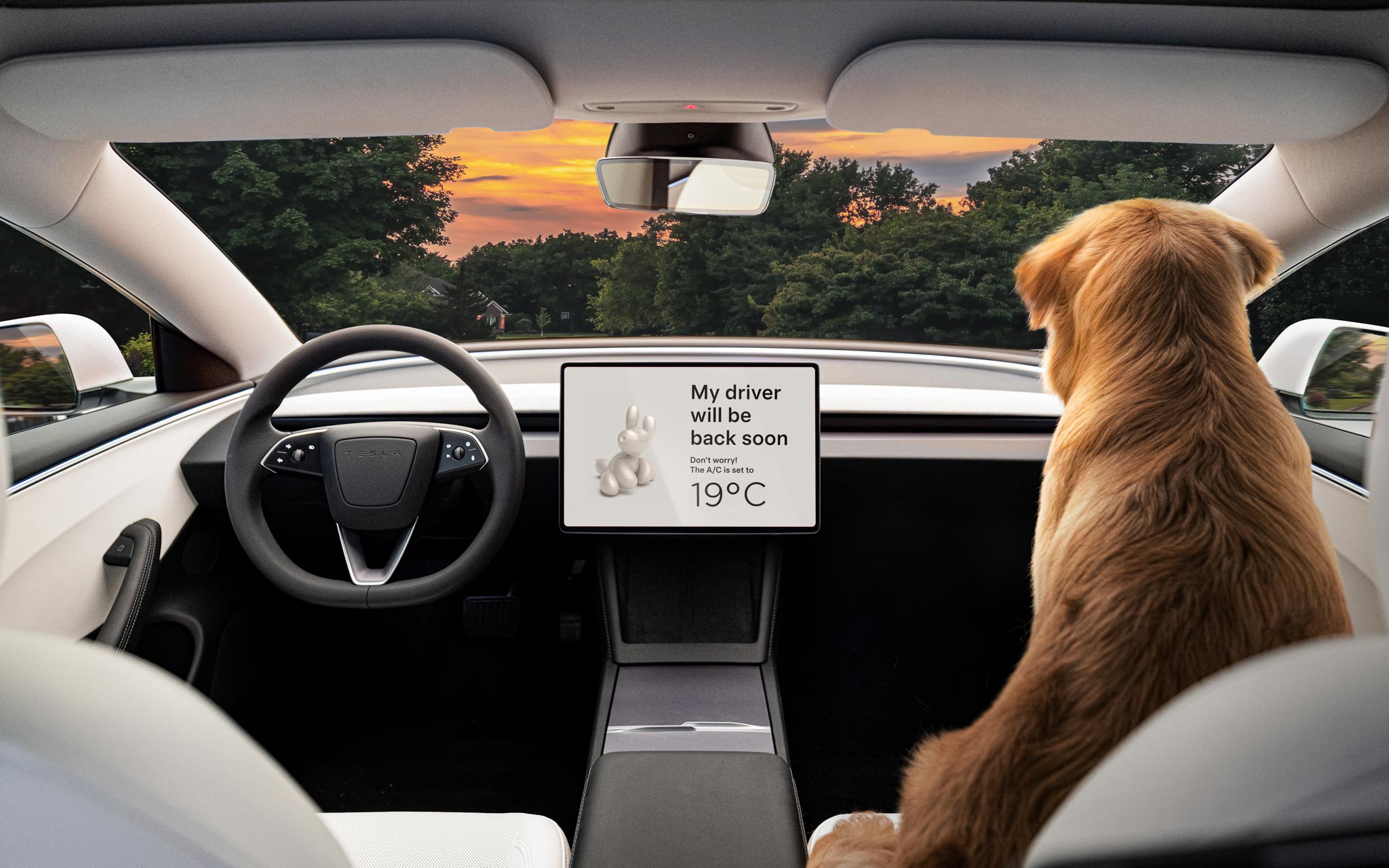
A Missed Opportunity: The Chicken Tax & Simple, Affordable Cars…
It’s not just technology making cars more complicated. Regulations are largely to blame as well. Take for example, the infamous Chicken Tax. This archaic tariff has been in place since the 1960s. And since that time, it’s prevented many simple, affordable, no-frills vehicles from entering the US. Overseas, there are vehicles right now that would fit the needs of elderly drivers perfectly. Cars that don’t come loaded with unnecessary technology or overwhelming features, but instead focus on getting you from Point A to Point B.
If it weren’t for the Chicken Tax, we’d see more of these vehicles on our shores: Inexpensive, simple to operate, and ideal for those who want a basic, no-nonsense driving experience. It would be a game changer with brand-new, reliable, safe, affordable vehicles that don’t make you feel like you need a degree in computer science to operate. But instead, American consumers are stuck with increasingly complex, distracting, & expensive tech-heavy options because of government regulations & their illusion of safety.
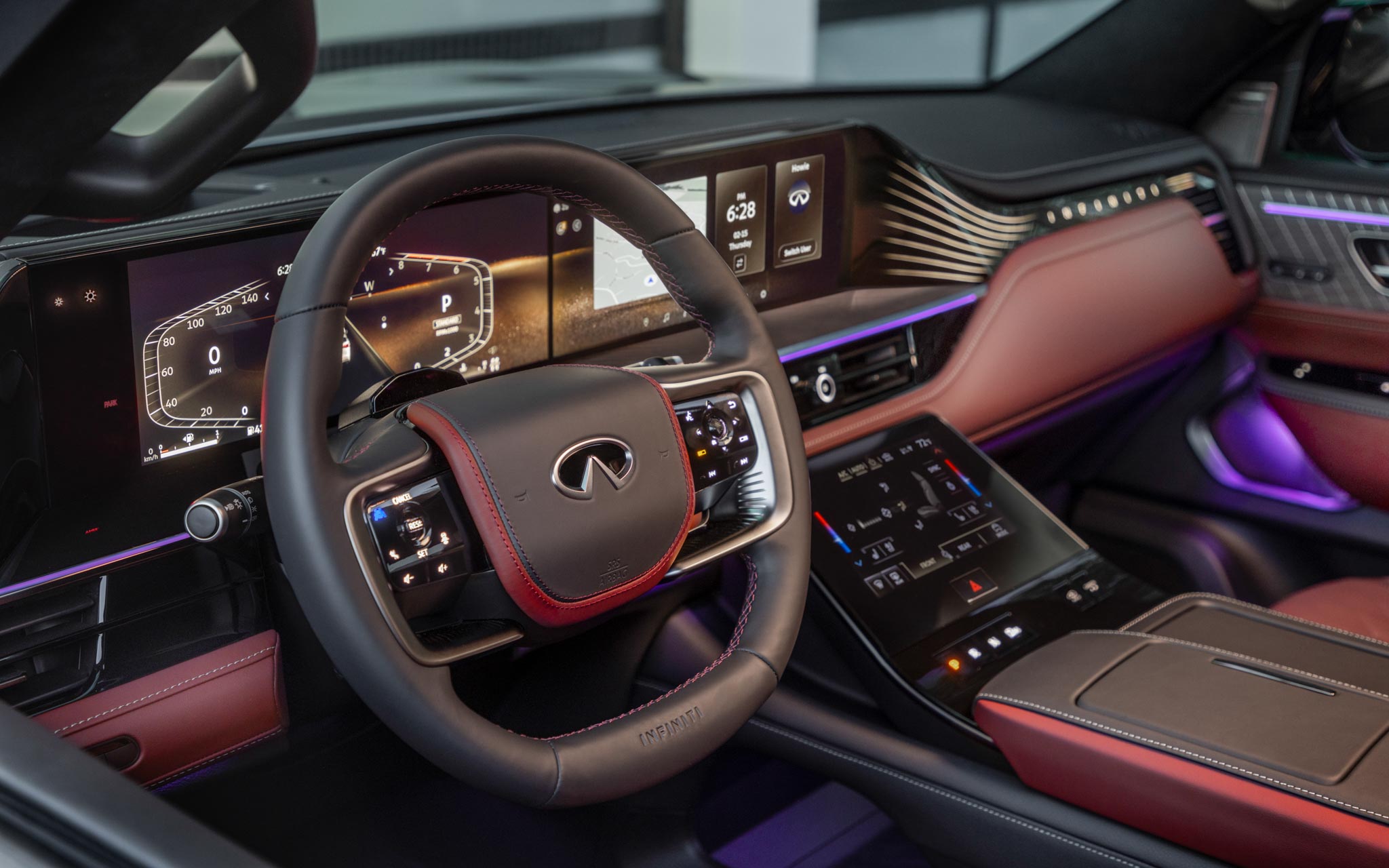
A Human Element: Why Simplicity Matters…
At the end of the day, cars are tools for transportation. For most elderly drivers, they don’t need the car to park itself, drive itself, or try to anticipate their every need. They just need it to get them safely from Point A to Point B without a headache. This is the reality for many elderly drivers today: Struggling with needlessly complex cars, designed for a world that’s leaving them behind.
And before you technoids puff-up your chest at the boomers & send ‘em off to the old age home… you might wanna tone it down if you can’t drive a stick or change a tire lol. It’s not exactly prime specimen to be so dependent on traction control, navigation, nanny devices, and cars that can park themselves because you can’t. Maybe we could all benefit from a little less tech & a little more self-reliance in our vehicles.

